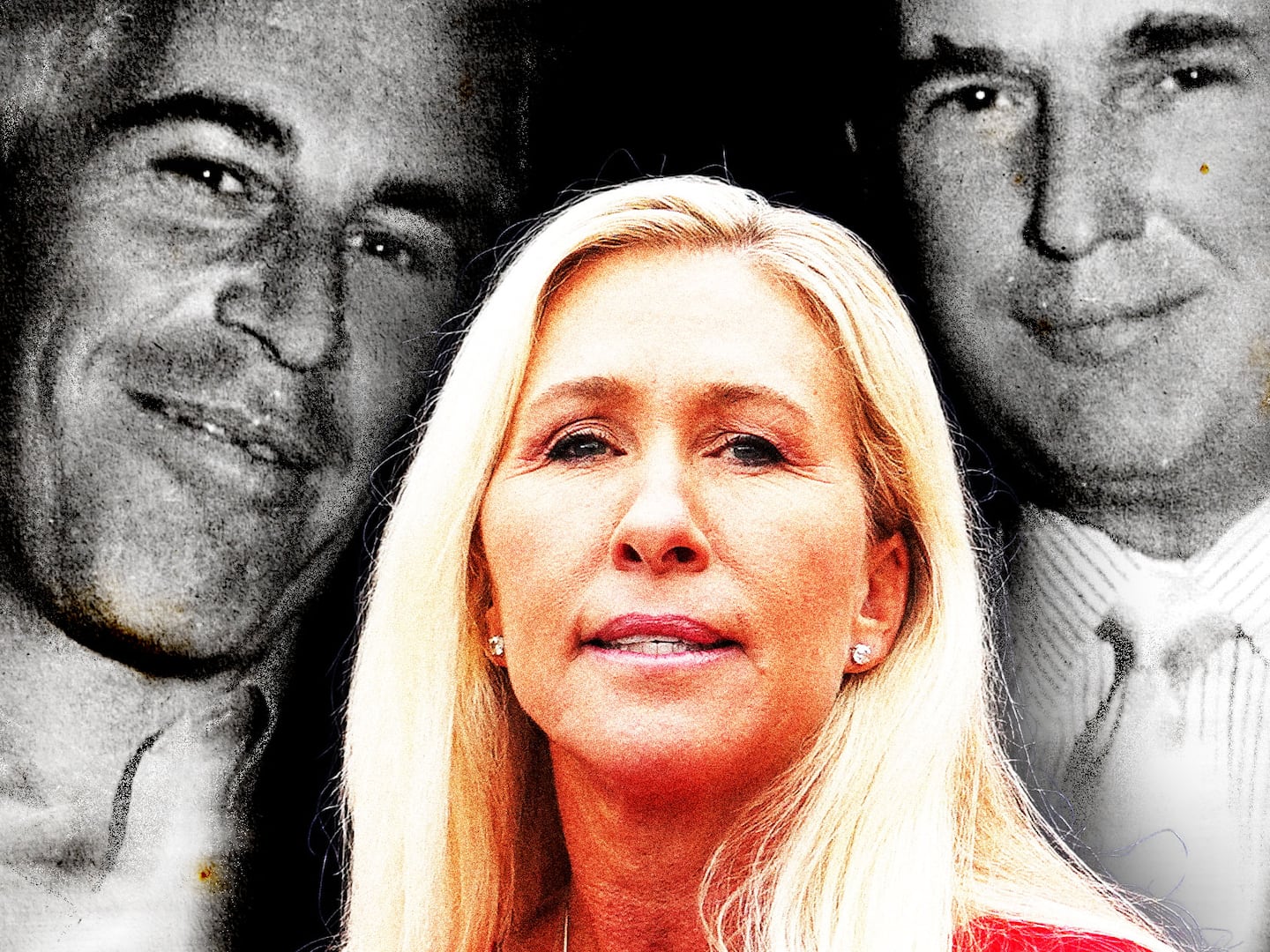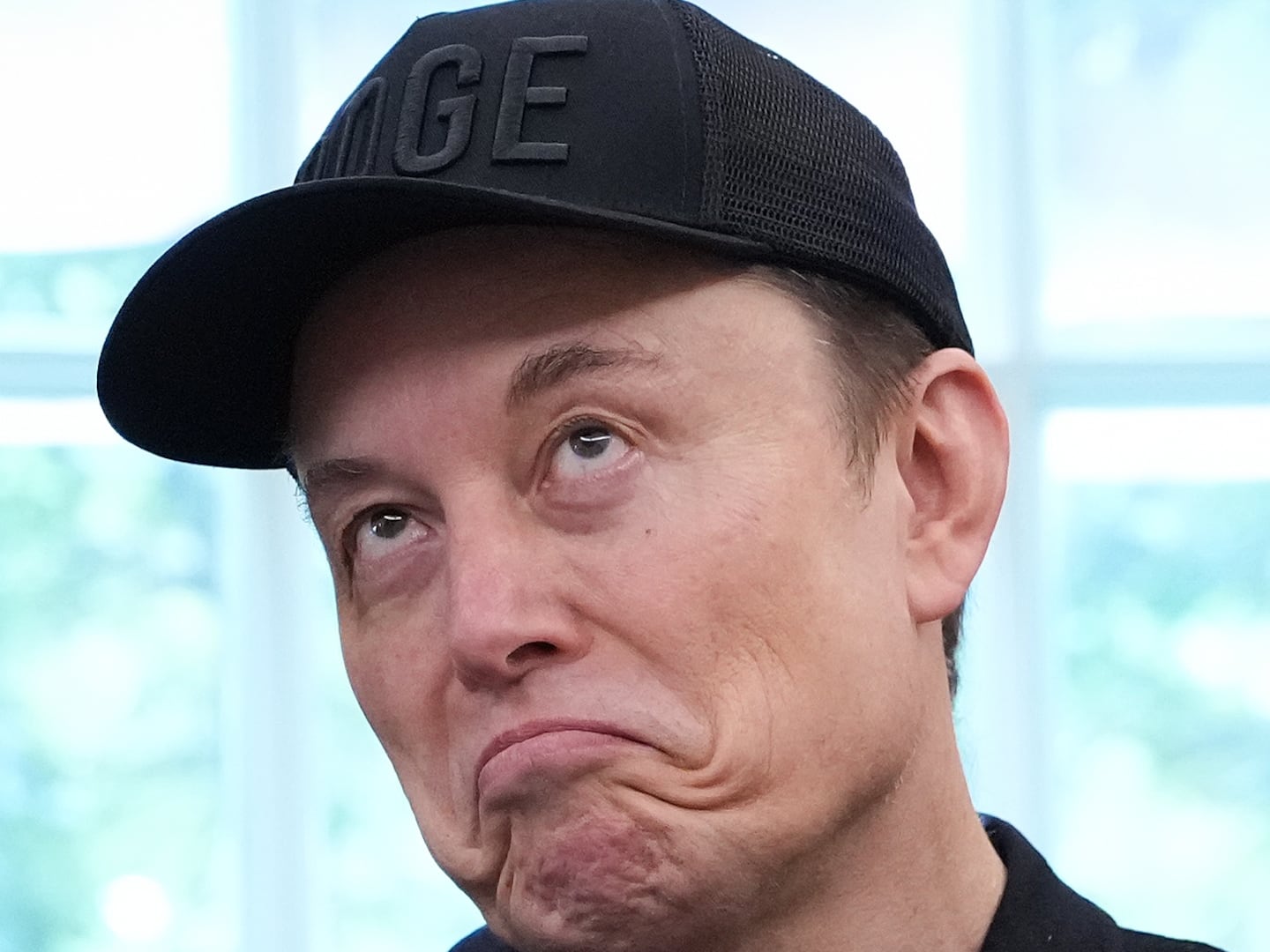Is the war on women—or on women’s groups, anyway—coming to the Democratic Party, too?
With economic issues increasingly roiling the progressive left, a number of bloggers, activists, and liberal groups say EMILY’s List, one of the Democratic Party’s biggest power brokers for nearly 30 years, is increasingly on the wrong side of the political divide. Dedicated to electing pro-choice Democratic women, the group has helped expand their number in the U.S. Senate from zero in 1985 to 16 today, while a record 62 Democratic women serve in the House of Representatives. But progressive critics say EMILY’s list is backing female candidates regardless of conservative economic leanings; in some cases, this has meant backing women who are not even as strong on issues of reproductive rights as their male opponents.
“We’re at a crucial juncture in American politics, with economic populists fighting to take our country back from corporations and lobbyists and the politicians they fund,” said Laura Friedenbach, a spokeswoman for the Progressive Campaign Change Committee, which works to elect liberal Democrats to Congress and has sparred often with EMILY’s List over the past several election cycles. “The Elizabeth Warren wing of American politics is ascendant—and when groups like EMILY’s List are part of helping us win more seats for populist progressives, we’re happy to work with them.”
But the list of races where EMILY’s List has fought the PCCC and other liberal groups is long. There was the open congressional race in Hawaii this year, in which EMILY’s List backed a candidate who voted against legalizing same-sex marriage and raising the minimum wage and had courted evangelical Christian groups in her time in the Hawaii legislature. There was the Pennsylvania governor’s race, where EMILY’s List backed Allyson Schwartz, who became a target of liberal groups like PCCC and Democracy for America for heading a group of centrist Democrats that wanted to cut Social Security. They point to mayoral races in 2013 in New York and Los Angeles, where EMILY’s List backed business-friendly women over male candidates who ran with substantial union support and who made addressing economic inequalities central to their campaigns.
The conflict between broad-based progressive groups and EMILY’s List has been simmering for years, but liberals say it has heated up over the past several election cycles as the divisions within the party have grown. The most galling example, liberals say, was this year’s Democratic Senate primary in Hawaii, when EMILY’s List supported Rep. Colleen Hanabusa over incumbent Sen. Brian Schatz, even though Schatz has been hailed as a new progressive champion with a spotless record on abortion issues. Hanabusa lost the August primary by a narrow margin.
“I think EMILY’s List has really lost their way,” said Karen Chun, a prominent Hawaii-based progressive activist and blogger. “Here in Hawaii they seem to not understand the politics. Brian Schatz has been a 100 percent down the line supporter of women’s issues. I understand their rule is that they only endorse women, but they don’t have to endorse at all when they have a champion running who is a man.”
In a conservative state, a candidate like Hanabusa would be a perfectly reasonable choice, Chun said, but in a liberal state like Hawaii, there is no reason for progressives to settle.
“I do believe in getting women into office,” she said. “I strongly support women’s issues, but they are actually being counterproductive. You can’t assume that a woman by virtue of her gender is automatically going to be the better candidate, or even be pro-choice.”
EMILY’s List was founded in 1985, when only two women were serving in the U.S. Senate, both Republicans. Its name is an acronym for Early Money Is Like Yeast—it makes the dough rise—and the operating theory was that female candidates could close the fundraising gap that they often face if they were able to show that they had substantial financial backing.
In the years since, however, the Democratic Party has largely coalesced around issues of abortion rights, but the division over economic issues has grown. Progressives say they would like to see EMILY’s List expand its notion of “women’s issues” to include not just reproductive rights but issues of economic security, pointing out that women would benefit most from a higher minimum wage and expanded Social Security, as many progressive candidates, regardless of gender, are championing.
“Obviously it is important to have women’s voices in the room when policy decisions are being made, and we have a substantial way to go on that, but in a Democratic primary, the biggest debate is going to be between the Elizabeth Warren wing and the establishment wing,” said Robert Borosage, the president and founder of Campaign for America’s Future. “And their screen doesn’t take those distinctions into account. They are explicit about that, that they aren’t on the progressive side.”
A spokeswoman for EMILY’s List disputed the notion that the group is increasingly out of step with the liberal energy of the Democratic Party, pointing out a number of races where it was aligned with progressive activists and noting that it was among liberal hero Elizabeth Warren’s earliest champions.
“The progressive movement knows how critical adding more Democratic women to our government is,” said spokeswoman Jess McIntosh. “With Republicans’ biggest vulnerabilities coming around women’s issues and with women voters, it is even more critical that we put more progressive women at the table to hold them accountable and work for change.”
By lining up behind pro-choice women, EMILY’s List is likely also to line up behind progressive candidates, and it is rare that its aims do not dovetail with that of liberal groups.
“We have two very compatible set of goals, but different sets of goals,” said Neil Sroka, a spokesman for Democracy for America, which has found itself on the opposing side of EMILY’s List in recent years. “We are focused on electing progressives to office, and they are focused on electing pro-choice women. It’s a Venn diagram, and there is a big swath of women in the middle.”
Although some progressives would like EMILY’s List to alter its criteria for endorsements to include factors behind gender and reproductive rights, others say the group could simply make better decisions about where it spends its resources. Why, they ask, should the group get involved in places where there already is a progressive Democratic incumbent running, even if that incumbent is male, as was the case this year in Hawaii and has been true in other races around the country? They point as well to progressive female candidates who could have benefited from a more robust involvement by EMILY’s List, including Shenna Bellows, running for U.S. Senate in Maine, and Amanda Curtis, running for U.S. Senate in Montana.
“The part I don’t get about their decision-making is how they decide which races to target,” said Mike Lux, a Washington, D.C-based progressive political consultant. “They don’t get involved in every race, and for some of these races, they could easily see what other progressive allies are doing and be willing to back up.”
Lori Saldaña was one candidate who says she could have benefited from more EMILY’s List support. A self-described “champion of choice,” she squared off unsuccessfully in 2012 against the more conservative Democrat Scott Peters in California’s 52nd Congressional District. And although EMILY’s List backed her, it did so only half-heartedly, she says, because she could not raise enough money.
“It was all about the money: What you could bring in on your own before they would help you out at their end,” she said.
Saldana said that in one conversation with EMILY’s List officials, they pointed to the gangbuster fundraising that Christie Vilsack, the wife of Agriculture Secretary Tom Vilsack, was doing in her congressional race in Iowa.
“I thought, ‘OK, I am not married to a Cabinet member. I would love to do a fundraiser in Washington, but I don’t have those connections,’” Saldaña said.
“I wouldn’t even say they supported me. Everything was met with resistance because we weren’t wealthy enough.
“To me,” Saldaña added, “It’s the old 99 percent argument. They are for the 1 percent of women candidates.”






